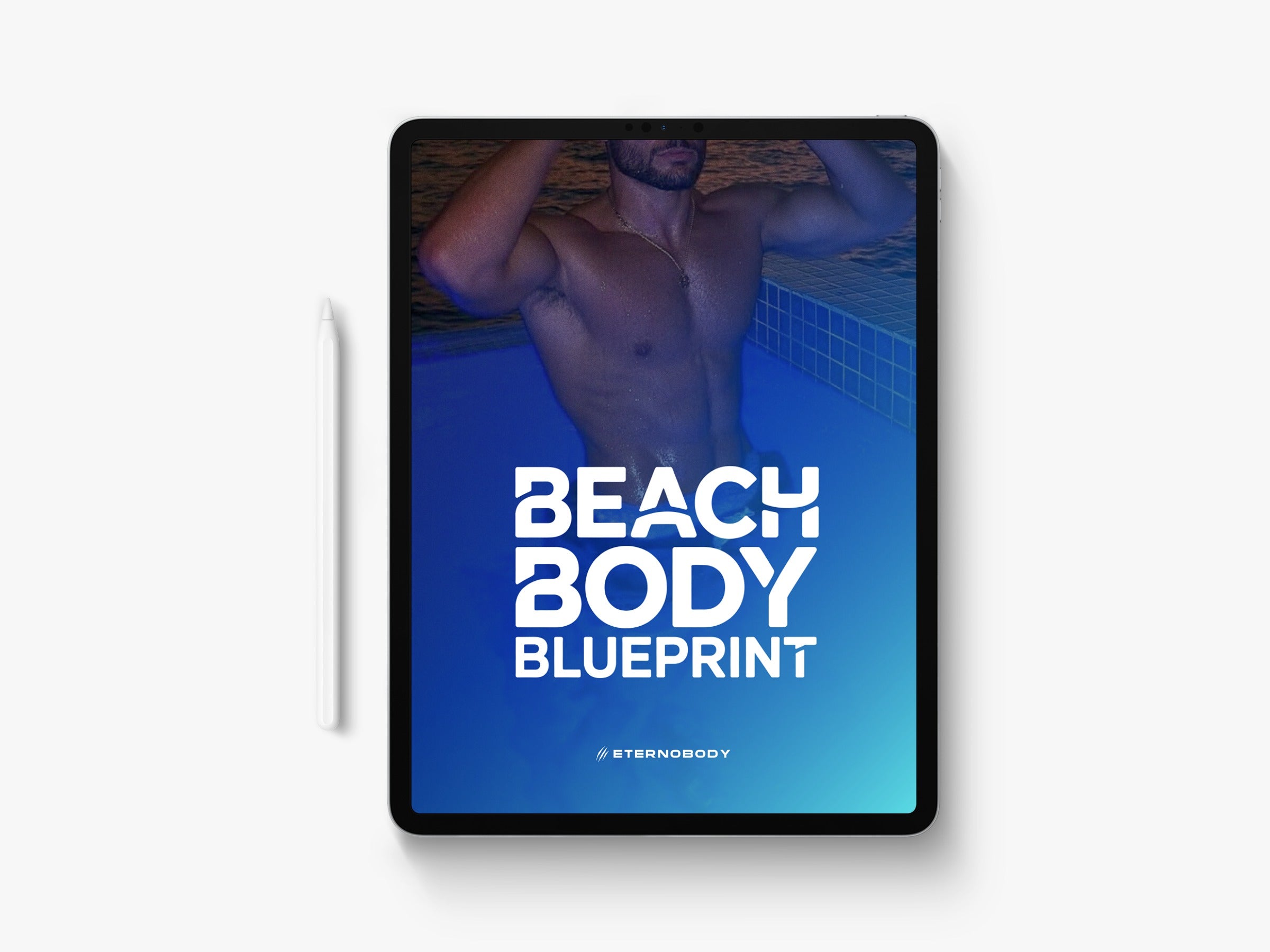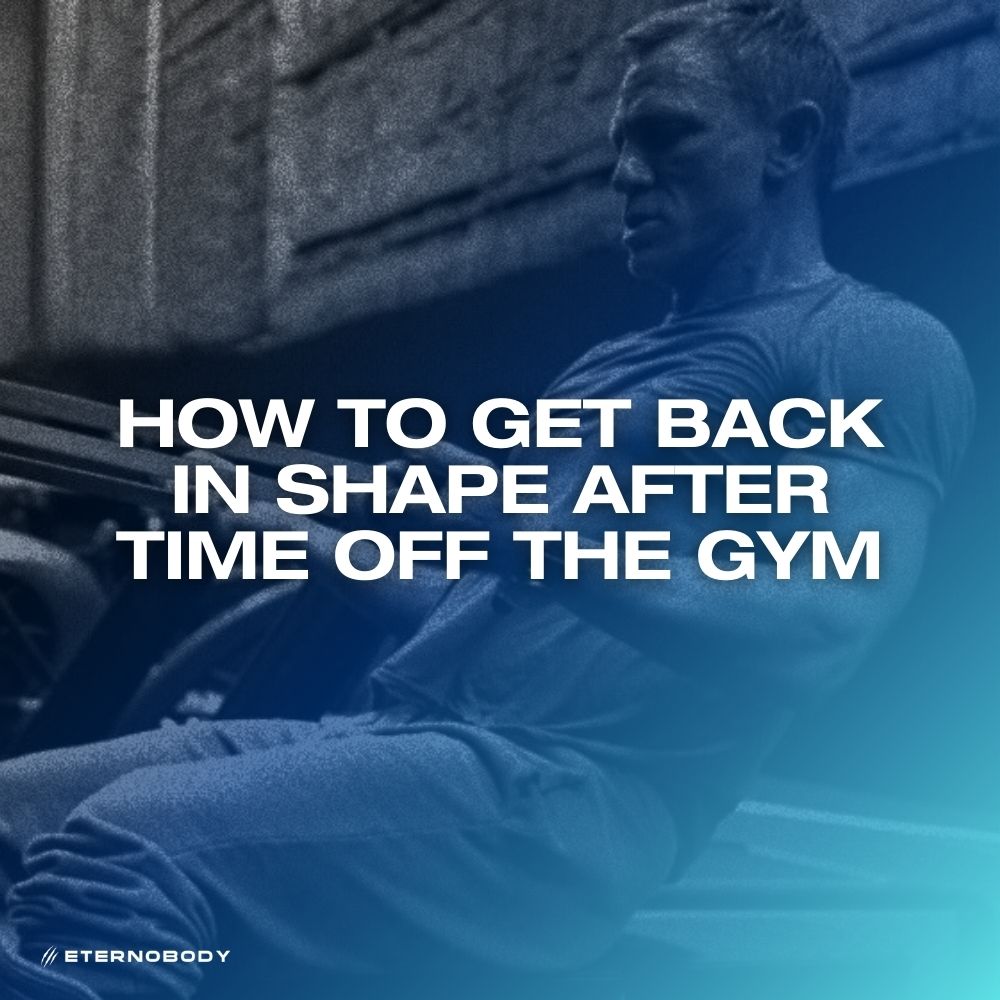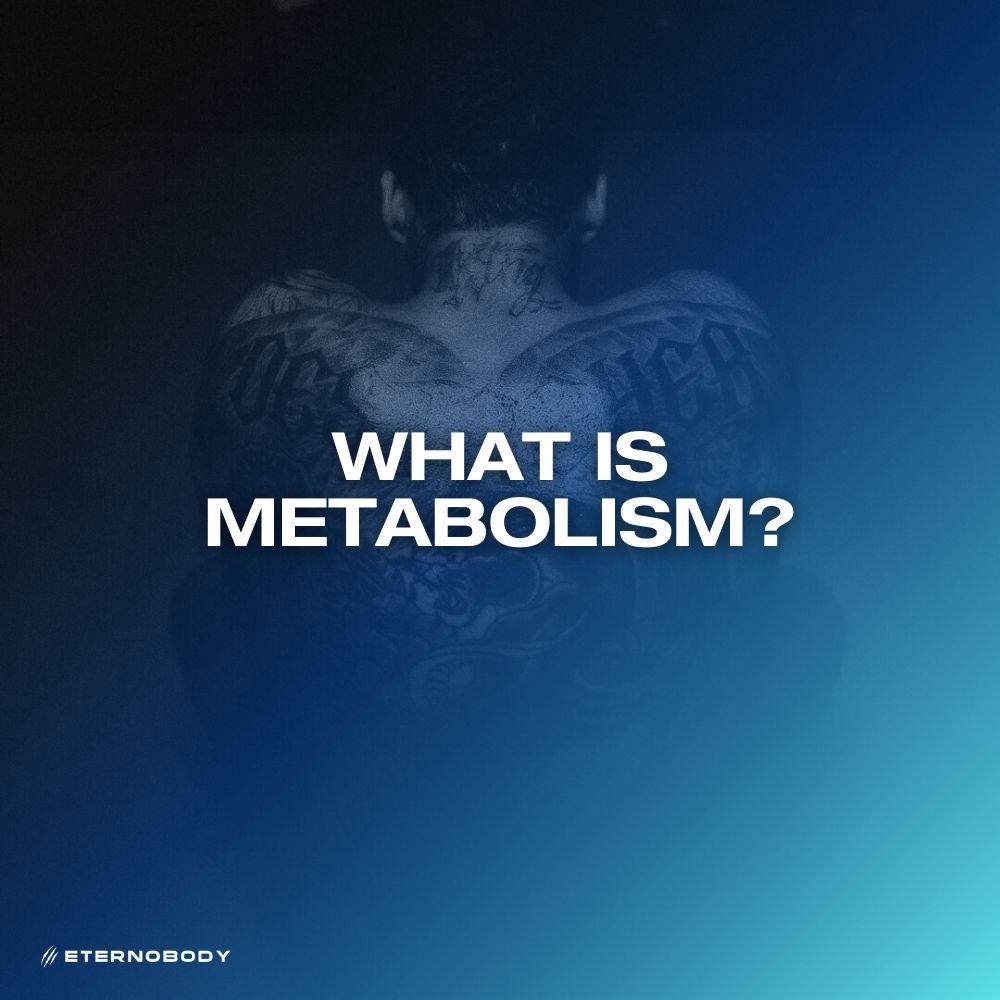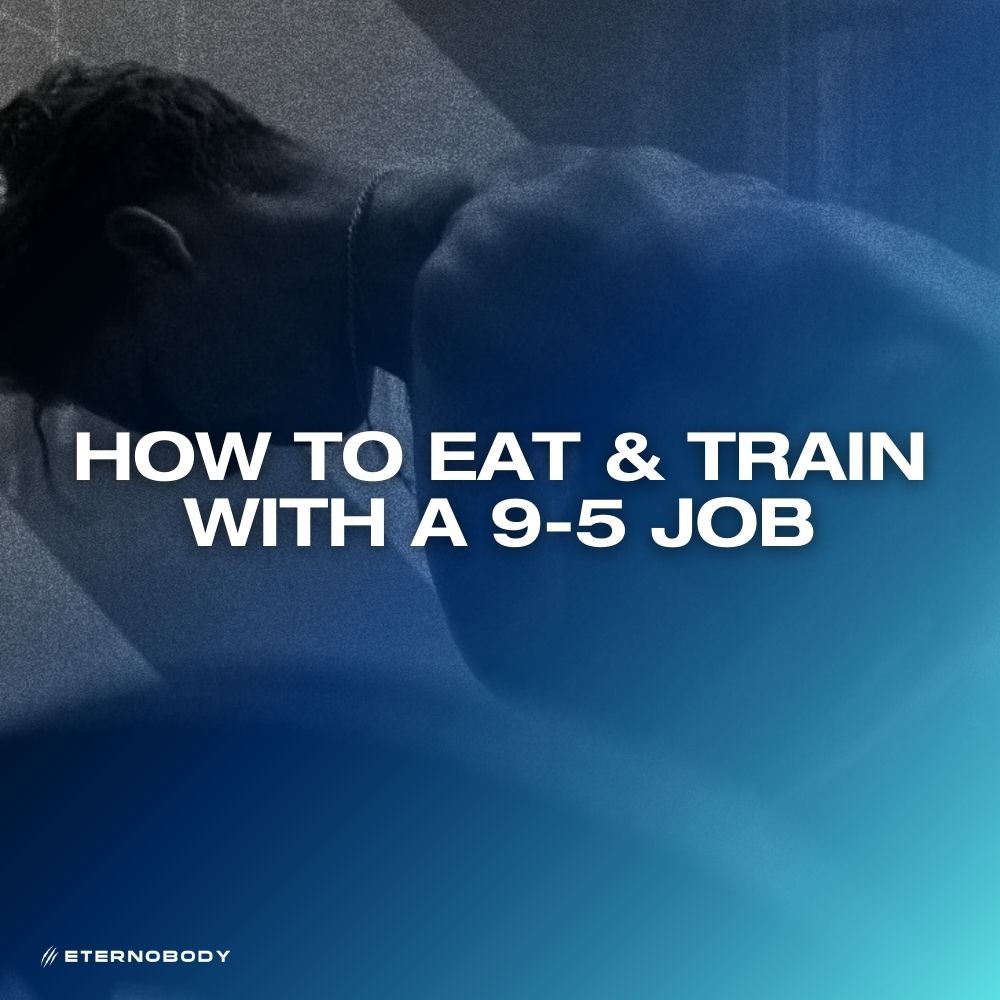
Building a strong chest isn’t just about picking any press and hammering away.
The exercises you choose matter, not just for size and strength, but also for how your shoulders feel and how balanced your chest looks.
In this article, I’ll break down my top three picks for chest training and explain why they’re so effective.
INCLINE DUMBBELL PRESS
If I had to pick one chest exercise above all, it would be the incline dumbbell press. This isn’t to say that flat presses or barbell presses don’t work. They do. But incline dumbbells bring some unique advantages that make them my number one choice.
Using dumbbells gives you freedom of motion. With a barbell, your grip is locked, which can force your shoulders into positions that don’t always feel natural. Dumbbells allow your hands to move in a way that matches your own body structure. That means less joint stress and more direct chest activation. Another benefit is range. Dumbbells allow you to lower further than a barbell if your mobility allows, giving your chest a bigger stretch. Even if you can’t go deep, they still let you work within a comfortable range without forcing positions that could irritate your shoulders.
The incline angle is also key. Flat pressing places your shoulders in more internal rotation, which for some people feels pinchy or uncomfortable. An incline moves you into a slightly more externally rotated position. This is safer on the shoulder joint for most lifters. On top of that, pressing at an incline hits more of the upper chest. Most men are underdeveloped here, and filling out this area makes a big difference in overall chest shape and balance.
Form matters here. Keep your back tight to the bench, spine slightly extended, and ribcage tall. Focus on pressing in line with your pec fibres. Some people do better with elbows higher, others tucked slightly. Both work, but if you tuck too far down you’ll shift tension into your front delts. At the top, don’t stack the dumbbells directly over your shoulders. Keep them just outside so there’s still tension on the chest. The pecs only stay loaded when there’s torque at the shoulder joint.
A simple tip before loading up is to test your natural range. Mimic a rowing motion without weight, and stop where your arms naturally limit. That’s your low point. Match your pressing range to that, and you’ll stay in a safe and effective zone.
MACHINE CHEST PRESS
The second choice is a machine chest press. Some lifters turn their nose up at machines, but they serve an important role in a complete chest workout. Once you’ve done heavy free weights, your stabilisers are fatigued. A machine lets you keep pressing hard without weaker muscles giving out first.
One big advantage of certain machines, like converging plate-loaded presses, is that they keep constant tension throughout the full range. With dumbbells, once the weight stacks directly over the shoulder joint, tension on the pecs fades. Machines with angled paths keep resistance pulling outwards, meaning the pecs are loaded from bottom to top.
From a programming perspective, the machine also offers a change of angle. If you did incline dumbbells first, pick either a flat or slight decline press on the machine. That way you’re training the chest from different planes, reducing redundancy. If you only press on the same angle with different equipment, you’re not giving the chest a new stimulus.
The machine press is also forgiving on the joints. The guided path reduces strain and keeps you locked into a stable motion. This stability means you can push closer to failure with less risk of form breaking down. That’s a key reason bodybuilders for decades have combined both free weights and machines. The mix gives you the best of both worlds: raw strength with free weights and controlled tension with machines.
CABLE FLY
The third movement to round out a chest routine is the cable fly. Pressing is great, but it always involves the triceps and shoulders. A fly strips those out and puts the pecs in charge.
Cables beat dumbbells here for one main reason: constant tension. With a dumbbell fly, the hardest point is at the bottom. As you bring the dumbbells up, the tension falls away until at the top there’s none at all. With cables set at the right angle, your chest works the whole way through, including that peak contraction as your arms come together.
A smart tweak is to perform cable flies seated with your back supported. This allows you to load more without fighting balance, which means better stimulus for growth. Using a foam roller strapped to the bench is another clever variation. It allows your shoulder blades to move more freely, increasing the stretch at the bottom and the contraction at the top. It’s a small adjustment, but one that can make the exercise far more effective.
Set up so the cables are in line with your upper arms. As you bring the handles together, don’t just stop when your hands meet. Focus on squeezing your bicep into the side of your chest. This helps you contract the pec fully. At the bottom, let your shoulders retract naturally to maximise the stretch. Don’t force them, just control the movement and keep the tension locked on your chest.
The cable fly is also highly adjustable. You can change the angle to shift focus slightly up or down the chest by raising or lowering the pulleys. This versatility means you can target weak areas without swapping exercises.
CONCLUSION
A complete chest routine doesn’t need dozens of exercises. By combining an incline dumbbell press, a machine press, and a cable fly, you’ll cover all angles of the chest with different loading patterns. Free weights give you raw strength and stability work. Machines let you push further without form breaking down. Flies isolate the pecs directly.
Stick with these three, focus on good form, and add weight or reps over time. That’s all you need for strong, well-built pecs that look impressive and perform well in the gym.
REFERENCES
Luczak, J. et al., 2013. Shoulder flexion movement and pectoralis major activation during incline dumbbell press. Journal of Strength and Conditioning Research. [PMC article]. DOI: 10.1080/02640414.2010.543916. Available at: https://www.ncbi.nlm.nih.gov/pmc/articles/PMC4590897
Saeterbakken, A.H., van den Tillaar, R. and Fimland, M.S., 2011. Contributing muscle activity and 1-RM strength in chest-press exercises with varied stability. Journal of Sports Sciences, 29(5), pp.533-538. DOI: 10.1080/02640414.2010.543916. Available at: https://www.ncbi.nlm.nih.gov/pmc/articles/PMC4590897
McCaw, S.T. and Friday, J., 1994. Muscle activity in free-weight versus machine bench press. Journal of Strength and Conditioning Research, 8(4), pp.259-264. Available at: https://journals.lww.com/nsca-jscr/Abstract/1994/11000/A_Comparison_of_Muscle_Activity_Between_a_Free.11.aspx




